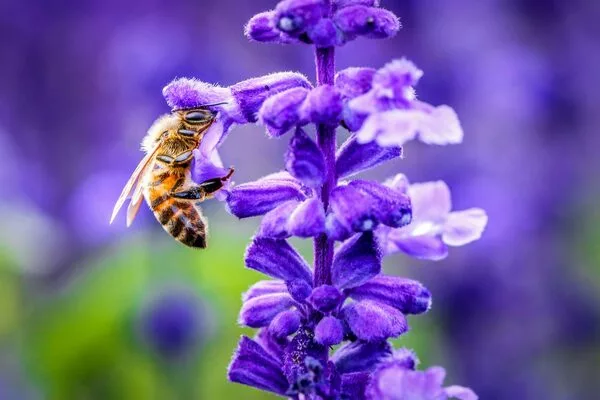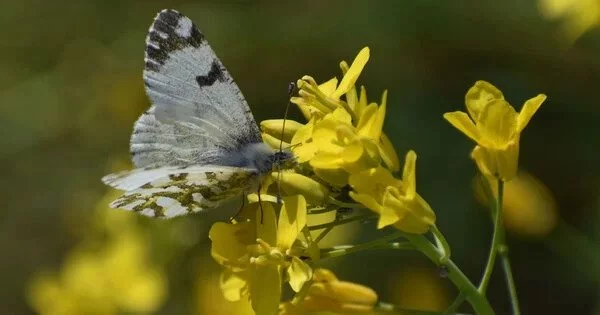Ozone pollution can harm plants by damaging their leaves and reducing their ability to photosynthesize. This can lead to decreased growth and reduced crop yields. Additionally, high levels of ozone can make it more difficult for pollinators to locate flowers, which can negatively impact plant reproduction.
Rising levels of ozone pollution have disrupted pollination over the past decades, threatening the livelihoods of both plants and the animals that pollinate them. Researchers explain how an excess of ground-level ozone can damage plant foliage, alter flowering patterns, and act as a barrier to pollinators finding blooms in a review published in the journal Trends in Ecology and Evolution.
“There is much noise about the direct effects of agrochemicals on pollinators, a subject of profound societal attention, but it now emerges that ozone is a silent threat to pollinators and thus pollination,” says lead author Evgenios Agathokleous, an ecologist at Nanjing University of Information Science & Technology. “These ozone effects have long gone unnoticed.”
Ozone pollution can affect the timing and duration of flowering in such a way that the occurrence of flowering is asynchronous to the activities of pollinators. It can also change the color of flowers, disrupting the visual signals to pollinators.
Evgenios Agathokleous
Ozone gas can be both friend and foe to the planet. In the stratosphere, 12 kilometers above sea level, ozone forms naturally and helps protect the Earth from harmful sun rays. But below that zone, ozone is a damaging pollutant. Tropospheric-level ozone gas is created by a photochemical reaction between volatile organic compounds — emitted by vegetation and commonly found in substances such as paint and aerosols and oxides of nitrogen, which are released when fossil fuels burn. Tropospheric ozone levels have been rising because a warming climate is creating optimal conditions for its formation.
Ozone pollution can have negative effects on plant health by causing damage to leaves and reducing overall plant growth. This can make it more difficult for pollinators, such as bees and butterflies, to find food sources, as the reduced number of healthy flowers can provide less nectar and pollen. Ozone pollution can also make it more difficult for plants to produce seeds, further reducing their ability to reproduce and potentially leading to declines in plant populations.

“Ozone pollution can affect the timing and duration of flowering in such a way that the occurrence of flowering is asynchronous to the activities of pollinators,” says Agathokleous. “It can also change the color of flowers, disrupting the visual signals to pollinators. Ozone pollution can also directly react with pollen, decreasing its quality, but also indirectly changing the amount of pollen.”
Ozone pollution can also instantly damage plant leaves, leaving injury signs of various colors and shapes and discoloring leaves. When leaves are damaged, they have difficulty photosynthesizing and struggle to provide the plant with the energy it requires to grow. Plants produce organic volatile compounds that act as chemical signals, allowing plants to communicate with one another and alerting pollinators to the presence of a waiting flower. These chemical signatures appear to be disrupted by ozone pollution.
“Changes in the composition of the volatile blends could also have serious consequences for pollinators because they may not recognize host plants and their qualities in the same way they did previously,” Agathokleous says. “Within plant tissues, ozone pollution could reduce the amount of nutrients that insects require, increase the abundance of chemicals that are harmful to insects that consume them, and degrade the overall quality of plant tissues.”





